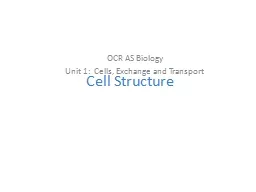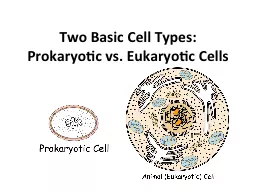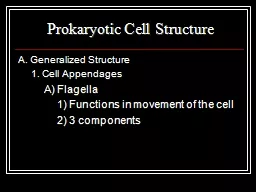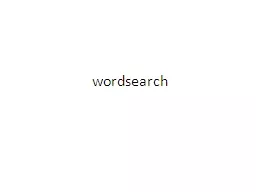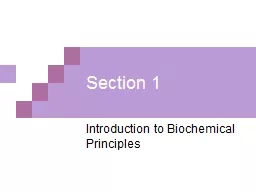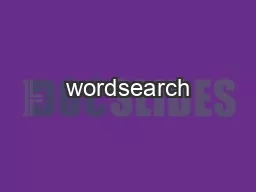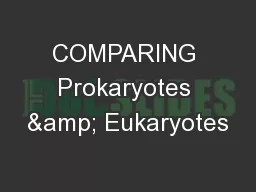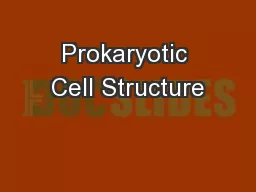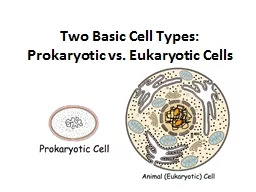PPT-Describe, in as much detail as you can, the structure of a prokaryotic cell.
Author : WatercolorWanderlust | Published Date : 2022-08-03
Topic Cells Define endothermic and exothermic reactions Topic Energy Changes Name the 3 non contact forces Topic Forces Describe the physical defences we have
Presentation Embed Code
Download Presentation
Download Presentation The PPT/PDF document "Describe, in as much detail as you can, ..." is the property of its rightful owner. Permission is granted to download and print the materials on this website for personal, non-commercial use only, and to display it on your personal computer provided you do not modify the materials and that you retain all copyright notices contained in the materials. By downloading content from our website, you accept the terms of this agreement.
Describe, in as much detail as you can, the structure of a prokaryotic cell.: Transcript
Download Rules Of Document
"Describe, in as much detail as you can, the structure of a prokaryotic cell."The content belongs to its owner. You may download and print it for personal use, without modification, and keep all copyright notices. By downloading, you agree to these terms.
Related Documents


